Many fishing boats ran aground
At Lach Van fishing port (Dien Chau commune), one of the major ports in Nghe An province, sedimentation has been going on for a long time. According to fisherman Tran Van Hau (Dien Chau commune), in the past, fishing boats could dock easily, but now many large-capacity boats have to anchor outside the estuary and then hire small boats to transport seafood to shore. "Each trip like that is both time-consuming and incurs additional costs. The fish is no longer fresh, greatly affecting the selling price and quality of goods delivery," Mr. Hau shared.
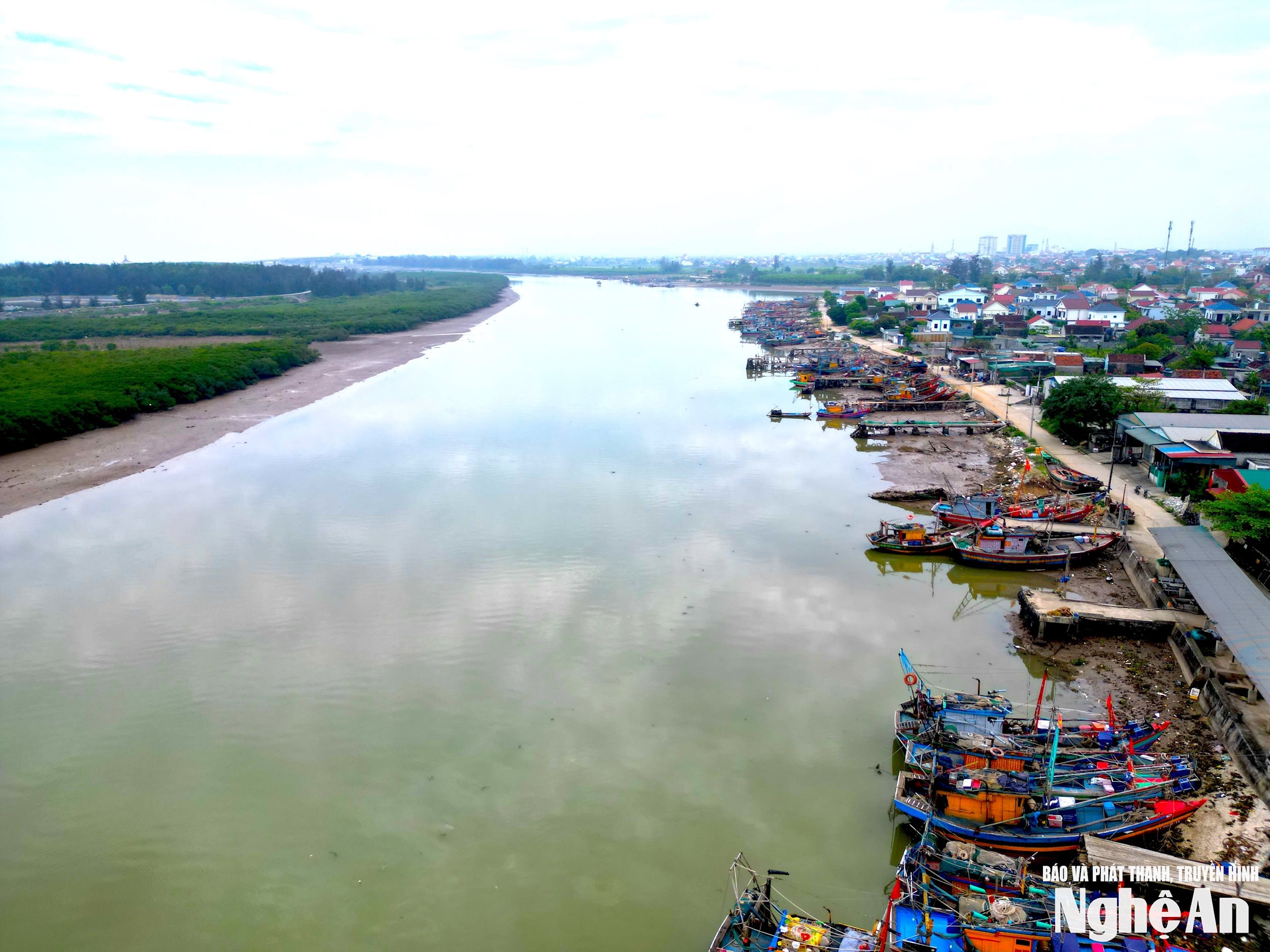
Entering and exiting waterways now requires the boat operator to be highly focused. Because just a little carelessness can cause the boat to run aground. When a boat runs aground, the damage is huge, from tens to hundreds of millions of dong for repairs, and at the same time, it takes time to go to sea, affecting the fishermen's income.
In fact, there have been many cases of stranding that have left serious consequences for fishermen. Not long ago, at Lach Van estuary, a fishing boat ran aground, forcing hundreds of people in the commune to mobilize machinery and many rudimentary tools to handle the situation.
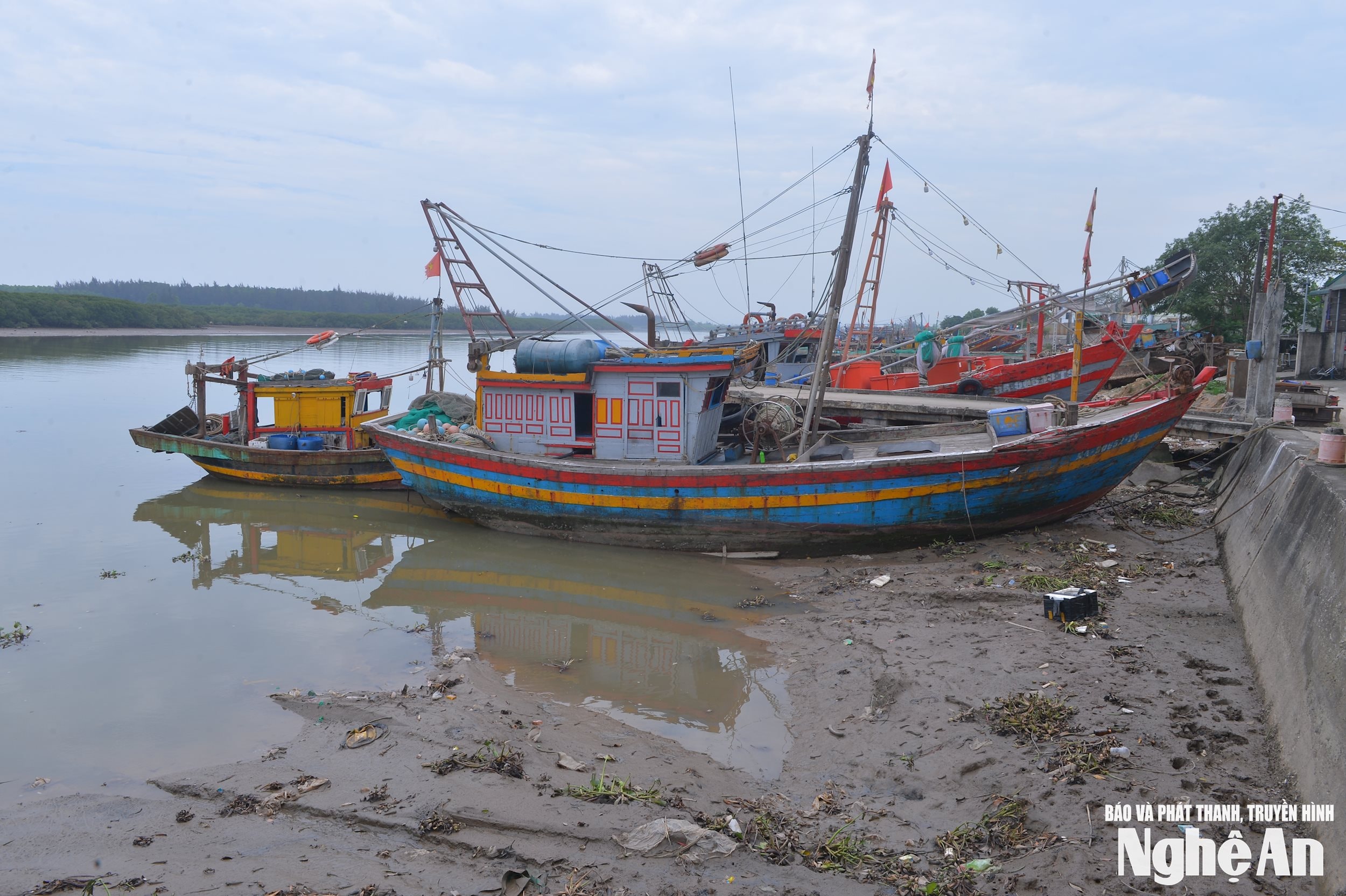
In 2019, Nghe An province approved a dredging project at Lach Van estuary with a total cost of about 20 billion VND. However, over time, sedimentation continued to recur due to the influence of tides, changes in flow and natural impacts.
Mr. Nguyen Van Loi - Chairman of Dien Chau Commune People's Committee said: "Fishing is the main source of livelihood for people in the commune with nearly 400 boats. The silted estuary makes it impossible for large ships to enter and exit, seriously affecting the local economy . Many fishermen do not even dare to invest in building large-capacity ships."
Not only Lach Van port, the same situation also occurs at Lach Quen fishing port (Tien Thuy commune, old Quynh Luu district). According to fisherman Tran Minh Chien - a fishing boat owner, for boats with a capacity of over 500 CV, they can only enter the port about 10 days per month, depending on the tide. "If the timing is wrong, the boat will definitely run aground. Big waves will hit the hull of the boat, sometimes hitting the rocks, causing serious damage, even sinking the boat," Mr. Chien worried.
There have been many cases where fishing boats entering the inlet encountered big waves and were turned sideways, hitting reefs, causing damage or even sinking the entire vessel.
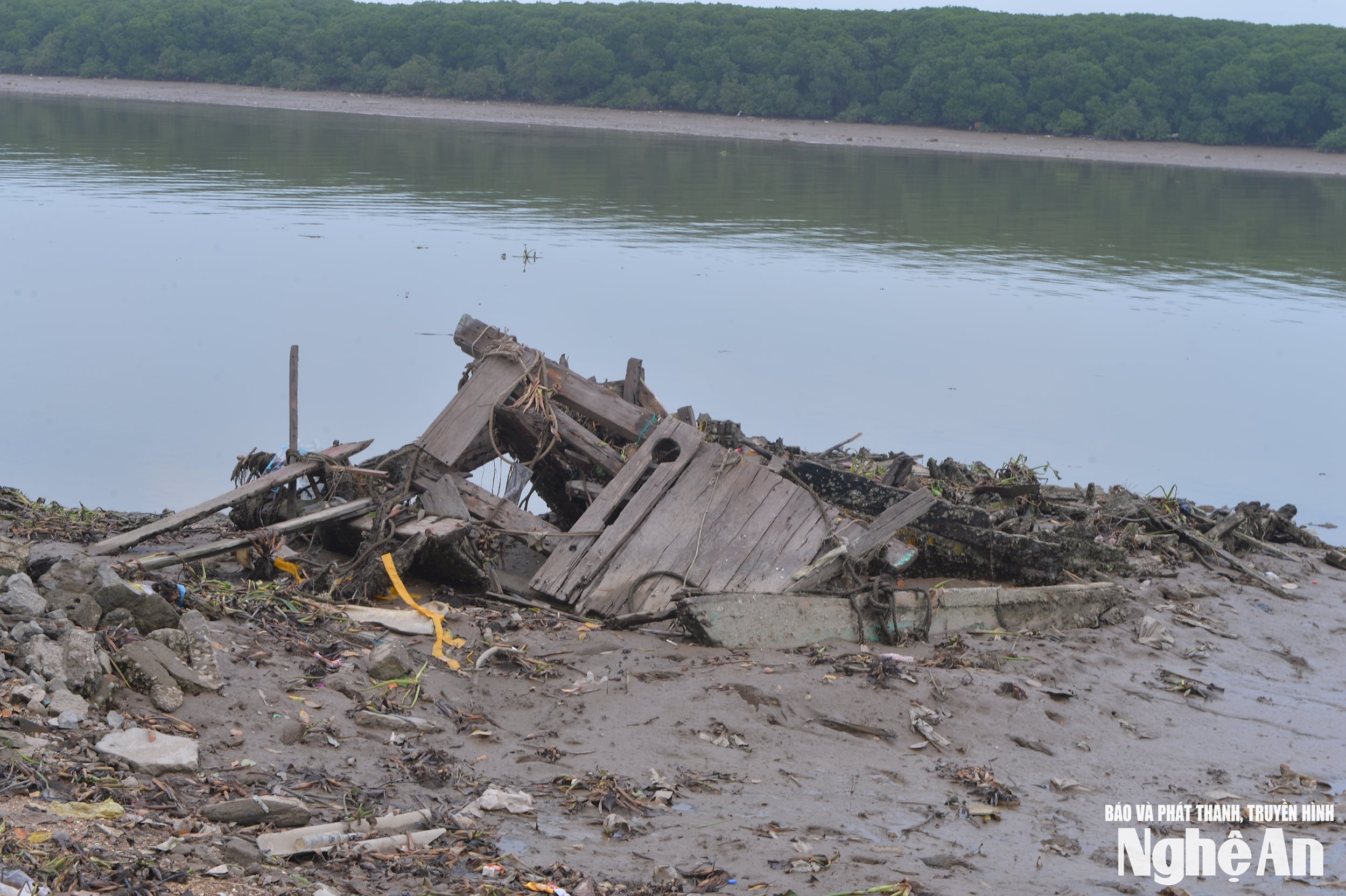
The same situation also occurred at the Lach Thoi storm shelter in Quynh Phu commune. According to many local fishermen, the channel from Lach Thoi Border Guard Station to the estuary, about 800 meters long, now frequently encounters collisions and incidents, causing ships to break propeller shafts, get stuck or sink.
Mr. Cao Xuan Diep - Vice Chairman of Quynh Phu Commune People's Committee said: "Currently, the commune is managing two fishing ports, Lach Thoi and Lach Quen, with more than 600 fishing boats in operation. However, the prolonged sedimentation is hindering the development of fisheries and logistics services. We have repeatedly requested the authorities to take measures to dredge, reinforce and embank the channel as soon as possible, because this is a coastal area that is often silted up."
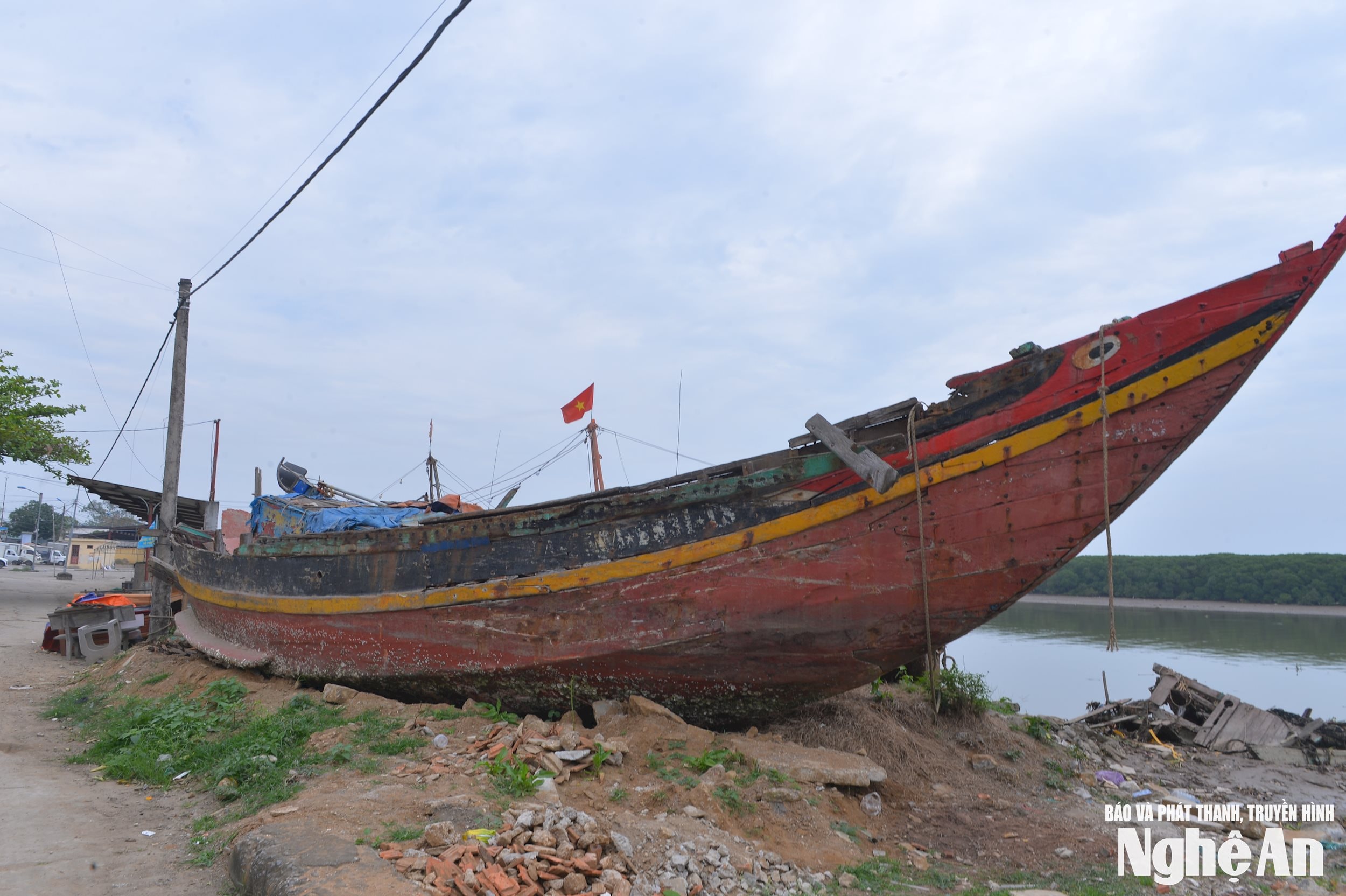
Need a solution to clear the channel
With nearly 3,000 ships and boats operating to exploit seafood, the marine economy plays a particularly important role in the socio-economic development of Nghe An province.
The province currently has four state-invested fishing ports: Quynh Phuong, Lach Quen, Lach Van and Cua Hoi. In addition, there are five storm shelters: Lach Con, Lach Quen, Lach Van, Lach Thoi and Lach Lo. However, the local fishing infrastructure is currently showing many limitations.
According to research, from 2020 to now, the State has allocated funds to invest in upgrading a number of fishing ports and anchorage areas. However, due to the characteristics of the coastal terrain and the impact of tides, the channels often become silted up after a short time of dredging. A typical example is the Lach Thoi area, although it has been renovated, it is still drying up again.
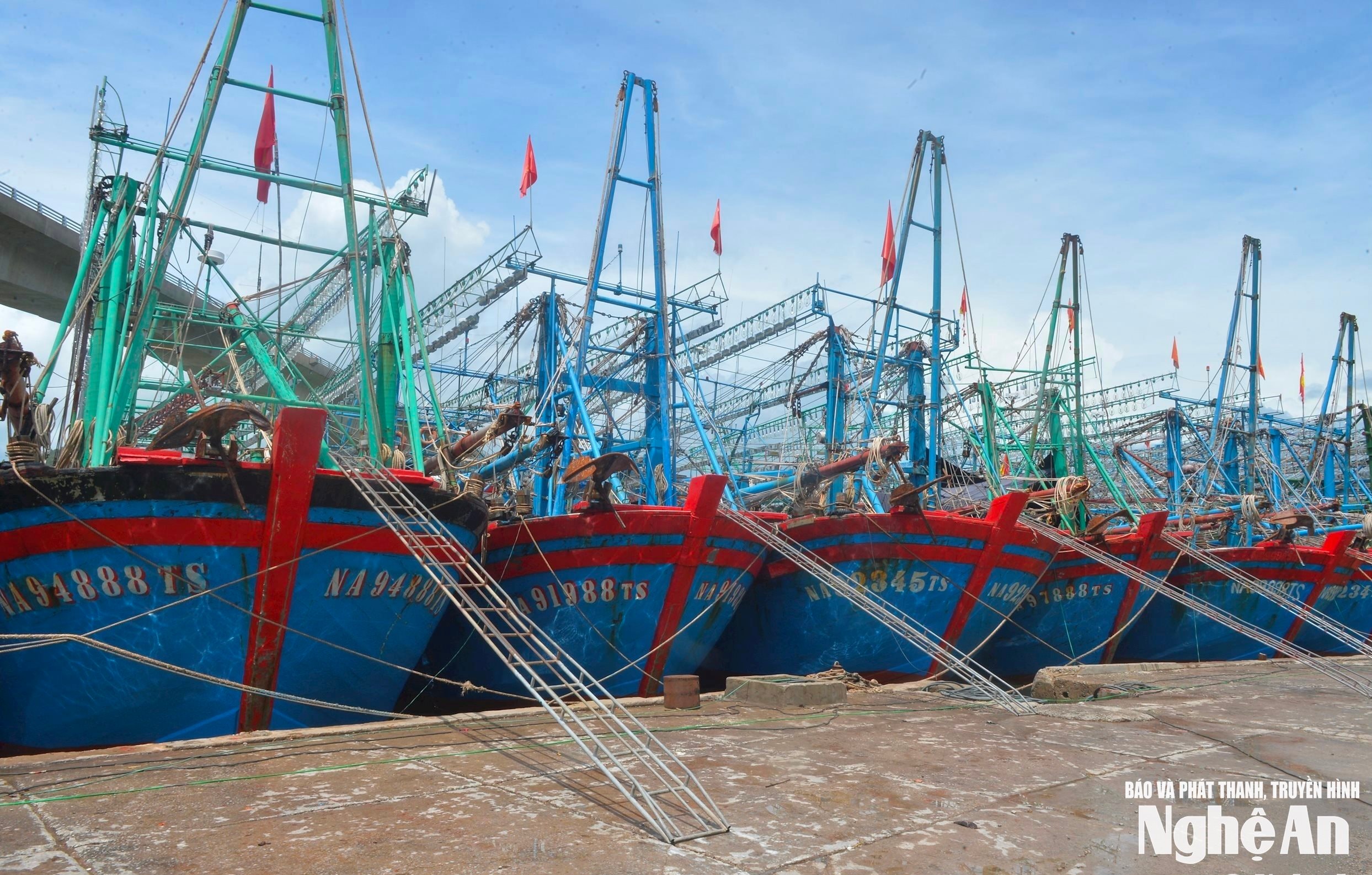
Deputy Director of the Department of Agriculture and Environment of Nghe An province, Mr. Tran Xuan Hoc said: “Dredging the channel alone is not enough. It is necessary to combine it with technical solutions such as embankments and stabilizing the flow. However, these are items that require large and long-term funding sources”. The Department is currently continuing to submit to superiors for capital allocation to synchronously implement solutions to overcome the sedimentation situation, ensuring safety for long-term fishing activities.
Source: https://baonghean.vn/tau-thuyen-o-nghe-an-gap-kho-khan-vi-tinh-trang-boi-lang-o-cac-cang-ca-ngu-dan-phai-dau-tau-lon-ngoai-bien-thue-thuyen-nho-chuyen-hai-san-vao-bo-10302001.html





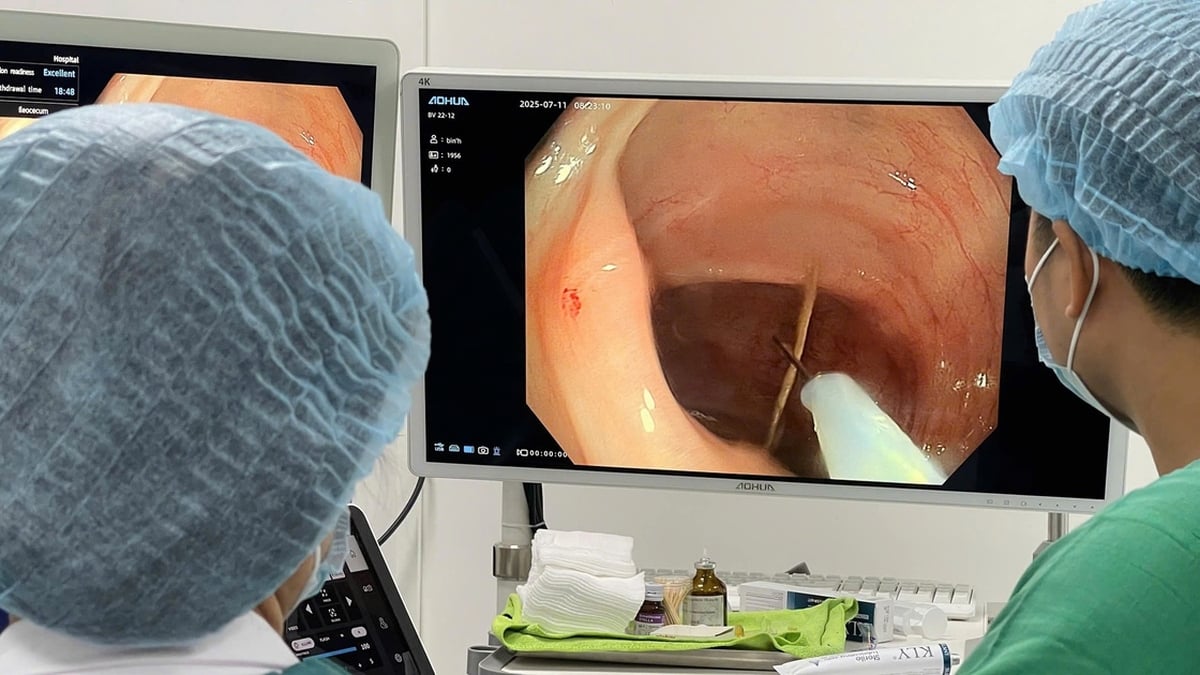


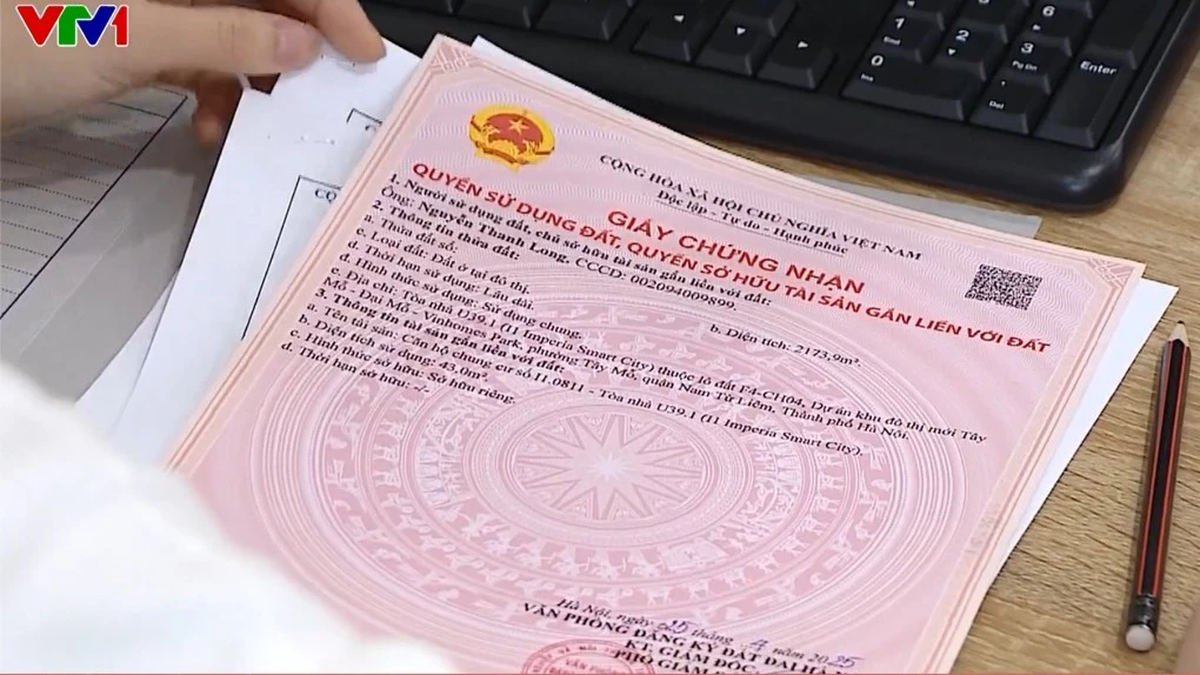
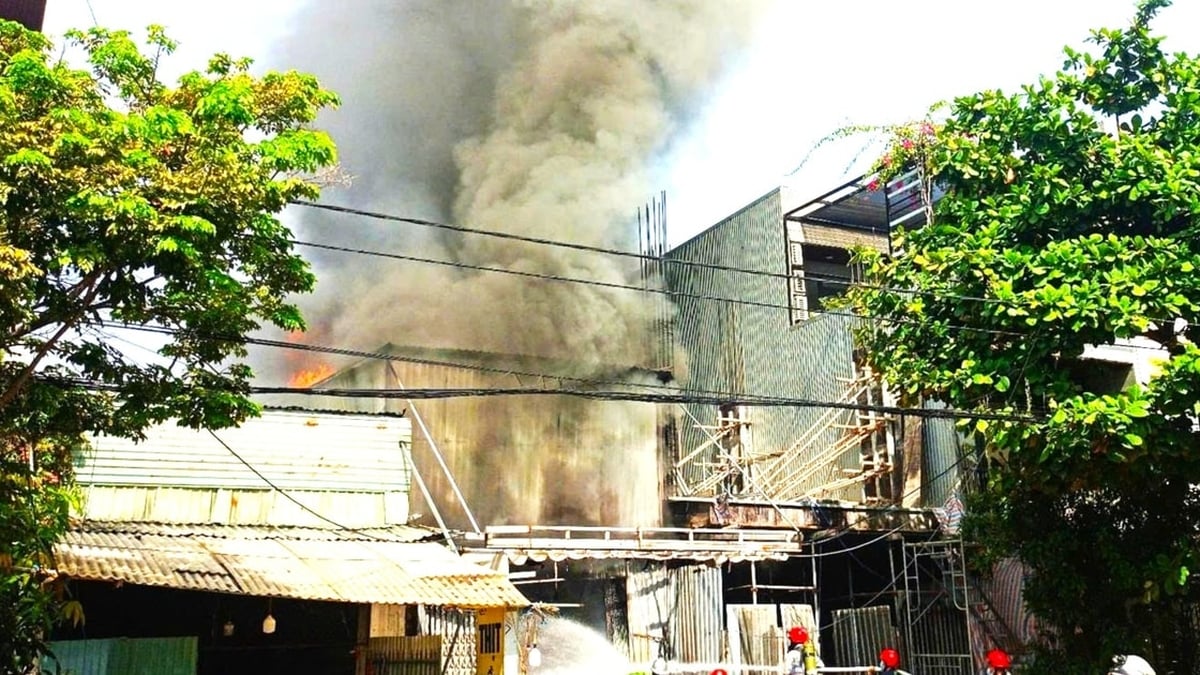










































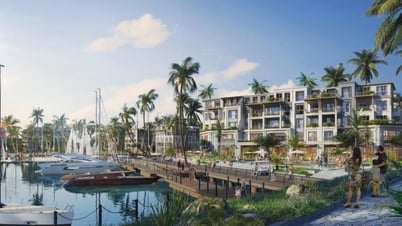
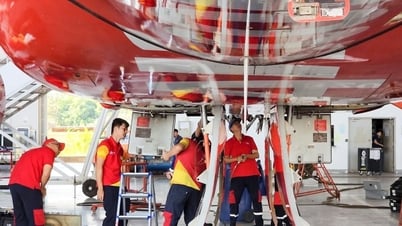














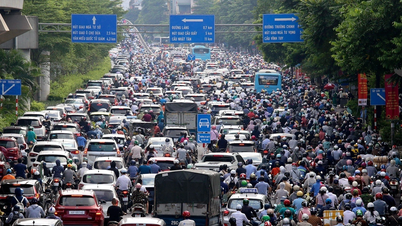
































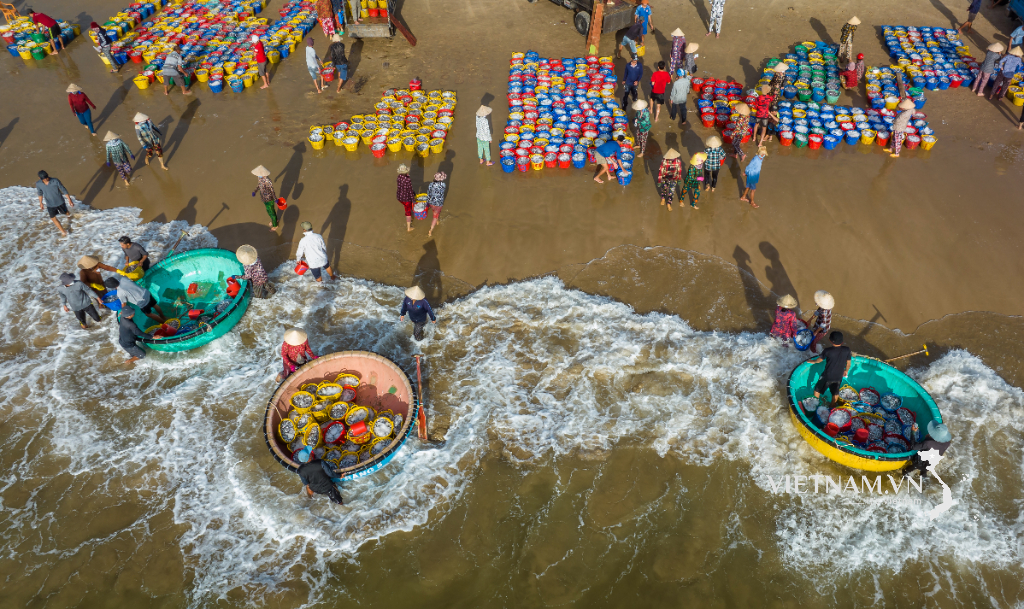

Comment (0)